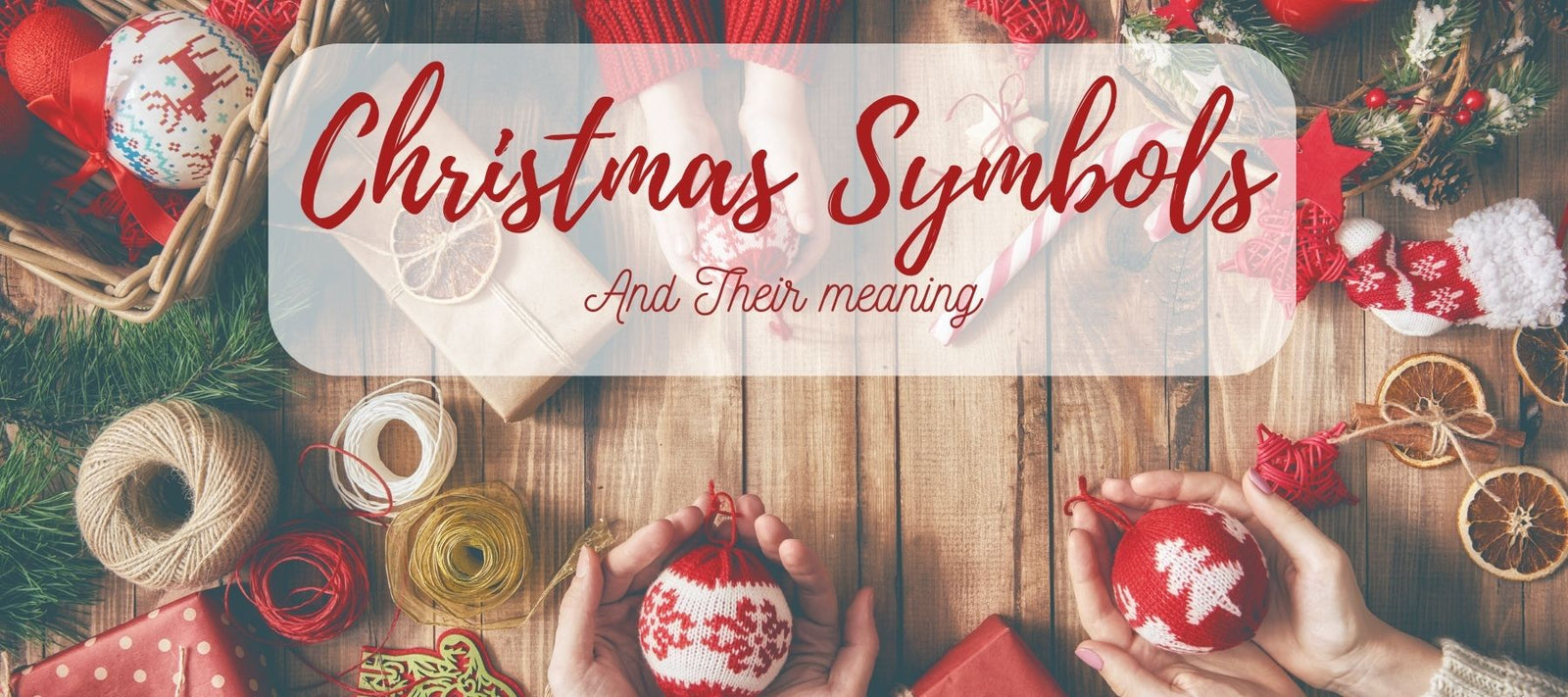
Christmas symbols meaning holds a tapestry of stories and traditions that enrich our festive celebrations. Each emblem carries a tale, a sentiment, or a belief that resonates deeply with the essence of the season. From the twinkling star atop the tree to the fragrant wreath on the door, every element has a story to tell.
Delving into these Christmas symbols, one discovers a world of history, faith, and culture. In the following article, we unravel the significance behind 25 iconic Christmas symbols, offering a deeper understanding and appreciation of the holiday's rich tapestry. Join us as we explore the heartwarming meanings that make the season truly magical.
1. Candy cane
Christmas symbols meaning often carries deep significance, and the candy cane is no exception. Resembling a shepherd's staff, it evokes the imagery of shepherds seeking the newborn Jesus. Furthermore, its design symbolizes Jesus as the "Good Shepherd" with us as His flock. Its convenient hook shape allows for easy placement on Christmas trees, serving not just as a delightful ornament but also as a poignant reminder of the holiday's profound essence.

Candy cane
2. Wreath
The Christmas wreath is a round symbol that shows Jesus' love never stops. It also stands for life, love, and starting again. Christians think about Jesus' crown of thorns when they see the wreath. This special decoration on doors reminds us of how important Christmas is and the big sacrifice Jesus made for us.

Wreath
3. Santa Claus
Santa Claus, while often viewed as a secular icon, is deeply rooted in the legacy of St. Nicholas, a devout individual who devoted his life to God and uplifting others. Gifting in Santa's name embodies the tradition of quiet and anonymous generosity, reminiscent of St. Nicholas' own manner of giving. This aligns with Jesus' teachings, which encourage us to give in secret, with the belief that God, in His omniscience, will reward our heartfelt actions.

Santa Claus
4. Poinsettia
The poinsettia, with its enduring green essence and star-shaped petals, carries deep significance. Its vibrant red color symbolizes Jesus' selfless act on the cross for mankind, whereas its white counterpart stands for innocence, joy, and delight.
Much like the evergreen tree, this festive plant flourishes throughout the year, serving as a constant reminder of the timeless hope and jubilation the Christmas season bestows.

Poinsettia
5. Angel
Angels, akin to stars, grace Christmas trees as toppers, symbolizing their crucial roles in Jesus' Nativity. Archangel Gabriel delivered God's message to the Virgin Mary about bearing His son. An angel appeared to Joseph, guiding him to trust Mary. Later, three angels announced the birth of Christ over Bethlehem. These celestial messengers epitomize divine guidance and herald the joyous miracle of Christmas.

Angel
6. Candle
The lit Christmas candle signifies the Star of Bethlehem, guiding the Three Kings to the newborn Jesus. Historically, families adorned Christmas trees with candles before the advent of lights. Candles also hold significance in Hanukkah and Kwanzaa celebrations, uniting different holiday traditions in the warm glow of light. This festive symbol illuminates the spirit of hope and unity during the holiday season.

Candle
7. Christmas tree
Christmas trees, like spruce, fir, or pine, are decorated with lights and ornaments. They were important in pagan and Christian celebrations. Christians see them as symbols of Jesus' birth, resurrection, and eternal life. The tree's shape represents the Holy Trinity, and its direction shows our connection to God.

Christmas tree
8. Christmas ornament
Christmas ornaments have an interesting past. They used to be candles and paper decorations. In the mid-1800s, Hans Greiner made glass "Christmas baubles". These looked like fruits and nuts. People liked them a lot and started putting all kinds of ornaments on Christmas trees.
Nowadays, ornaments show things about our families, what we like to do, and what we're interested in. They make the holiday special and remind us of good times and people we care about.

Christmas ornaments
9. Stockings
Hanging stockings on the fireplace traces back to a tale about St. Nicholas, the precursor to Santa Claus. In the 4th century, a penniless man couldn't afford his daughters' weddings. St. Nicholas, in a clandestine act of kindness, tossed bags of gold down their chimney.
Miraculously, the gold landed in stockings drying by the fire, lifting the family from poverty. Today, stockings symbolize the joy of unexpected gifts and the spirit of generosity during Christmas.

Stockings
10. Tinsel
Tinsel, from the Old French "entincele" meaning "to sparkle," adorned Christmas tree to amplify the flickering candlelight. Its reflection symbolizes the brightness and warmth of the season, reminiscent of Jesus as a guiding light in the world.
This shimmering decoration captures the joy and radiance of Christmas, reminding us of the spiritual significance that brightens our hearts during the holiday season.

Tinsel
11. Christmas lights
In the holiday's history, Christmas lights symbolize the reason behind the season - Christ, meaning Messiah or savior. Early Christians viewed these lights as a representation of their faith in Jesus as the Light of the world.
He proclaimed, "I am the light of the world," and His followers believed that darkness could not conquer His radiance. This poetic belief in Jesus' divine light shines on, reminding us of the spiritual significance of Christmas.

Christmas lights
12. Gingerbread men
Gingerbread men adorning cookie platters and cookie exchanges hold a religious significance for Christians. Representing God's creation of Adam, the first man, they symbolize humanity's connection to the divine. These tasty treats carry more profound Christmas symbols meaning, reminding us of the sacred origins of life and the spirit of togetherness in the festive season.

Gingerbread men
13. Advent calendar
The Advent calendar, believed to originate from 1850s Germany, is a delightful way for families to count down to Christmas, honoring the birth of Jesus. Advent, from the Latin "adventus" meaning "coming," holds a significant place in the Christian calendar, commemorating Jesus' birth and preparing for His Second Coming. People open traditional calendars with windows or doors daily, revealing items or gifts, marking the preparation period for the joyous celebration.

Advent calendar
14. Christmas elf
Christmas elves, rooted in Germanic, British, and Scandinavian folklore, were believed to be magical, immortal beings. Traditionally seen as guardians against evil, they reward good behavior with kindness and play tricks on the naughty.
Displaying these tiny, dwarf-like creatures in your garden during Christmas signifies their protection over your home, adding a touch of enchantment and goodwill to the festive season.

Christmas elf
15. Christmas pickle
The Christmas pickle tradition involves decorating an ornamental pickle on the tree. On Christmas morning, the lucky person who finds the pickle receives an extra gift from Santa Claus, or people believe they will have good fortune throughout the year.
This whimsical custom adds an element of surprise and joy to the holiday celebration, creating a playful and memorable tradition for families to enjoy.

Christmas pickle
16. Snowflake
With its intricate six-sided structure, the snowflake has a fascinating connection to the creation story. Designed by God with sixfold symmetry, water molecules reflect the beauty of life's essential element.
As we marvel at the multi-branched snow stars, let them remind us of the Bible's account of creation in six days, symbolizing God's mighty hand in shaping our world. The snowflake becomes a stunning reminder of the divine artistry in nature's design.

Snowflake
17. Christmas bows
Christmas bows hold deep Christmas symbols meaning, inspired by the wise men's gifts to baby Jesus. Gold, incense, and myrrh symbolize the spirit of giving during the holiday. Tying a ribbon around a gift signifies unity and goodwill, fostering a sense of togetherness and service to others. Bow on the top of gifts serves as a reminder to cherish the spirit of friendship and kindness towards our fellow beings, keeping the bond of unity alive forever.

Christmas bows
18. Christmas Garland
Christmas garlands, woven with live holly, bear deep Christian symbolism. Their circular shape represents the infinite love of Jesus. Holly signifies the crown of thorns worn during His crucifixion.
Made of evergreens, the garland symbolizes life's continuity and the festive spirit of the holiday season. A reminder of timeless traditions and the joyous atmosphere, the bouquet brings hope and new beginnings as the year ends, embracing the spirit of Christmas.

Christmas Garland
19. Star
The Christmas star, symbolizing light, guided the wise men to baby Jesus in Christian belief. People commonly place stars atop trees, shape them into cookies, or craft them with kids. The star, like other solstice symbols, signifies hope in darkness. The Star of Bethlehem might have had a scientific basis, Jupiter-Saturn conjunctions, like the 2020 event, occur periodically and could have been the wise men's guide.

Christmas Star
20. Mistletoe
Mistletoe, a symbol of Christmas, holds diverse meanings. Ancient Druids saw its green resilience in winter as vitality, even using it for fertility medicine. Roman Pliny deemed it a remedy for poison and epilepsy. Rooted in Norse, Greek, and Roman myths, it's a French tradition to gift mistletoe for luck at New Year. In medieval times, it warded off spirits and witches year-round, replaced yearly, and then burned for renewal.

Mistletoe
21. Holly
Holly's pointed leaves hold a poignant meaning as they symbolize the crown of thorns that adorned Jesus' head during his crucifixion. In German, it is referred to as "christdorn," translating to "Christ thorn," underscoring this association. This ancient symbolism is a powerful reminder to Christians of Jesus' profound suffering and sacrifice. Beyond this, Holly's connection to various stories further deepens its significance in the Christmas narrative.

Holly
22. Bells
During Christmas, bells resound to herald Jesus' birth and uphold ancient pagan customs of dispelling evil spirits. The bell's form mirrors the celestial dome, evoking a connection to heaven. Its oscillation signifies the dichotomy between life and death and the interplay of virtue and malevolence, immortality and mortality, creating a rich tapestry of symbolism during the festive season.

Bells
23. Red and Green colors
Red and green are iconic Christmas hues, initially tied to the winter solstice, rooted in ancient Celtic belief. Holly's beauty and luck-bringing qualities inspired decorating homes with these colors for a prosperous new year. Evolving from holly, hanging red and green adornments became a cherished global tradition, passed down through generations, decking the halls in festive splendor.

Red and Green colors
24. Reindeer
Reindeer, embraced from pagan myths to Christmas customs in the Middle Ages, symbolizes creativity, resourcefulness, safe journeys, and endurance. They embody knowledge and resilience, blending ancient beliefs with festive traditions.

Reindeer
25. Eggnog
Eggnog, a symbolic Christmas tradition, originated from the belief that incorporating "luxurious" elements like cream and alcohol into this festive drink would welcome prosperity for the upcoming year. While this connection to wealth has evolved, a cup of eggnog in modern households still embodies the holiday's cheerful spirit, though less tied to the anticipation of riches and more to the joyous celebration.

Conclusion
Each symbol holds a tale of its own, waiting to be unlocked. Allow the magic to envelop you as you transform your home with these iconic emblems, each with unique significance. Unravel the season's essence and select decorations that resonate with your heart's desire. Let your holiday space tell a story of joy and love through the Christmas symbols meaning you carefully choose. This Christmas, let the decorations speak volumes of the beauty and wonder this particular time brings.


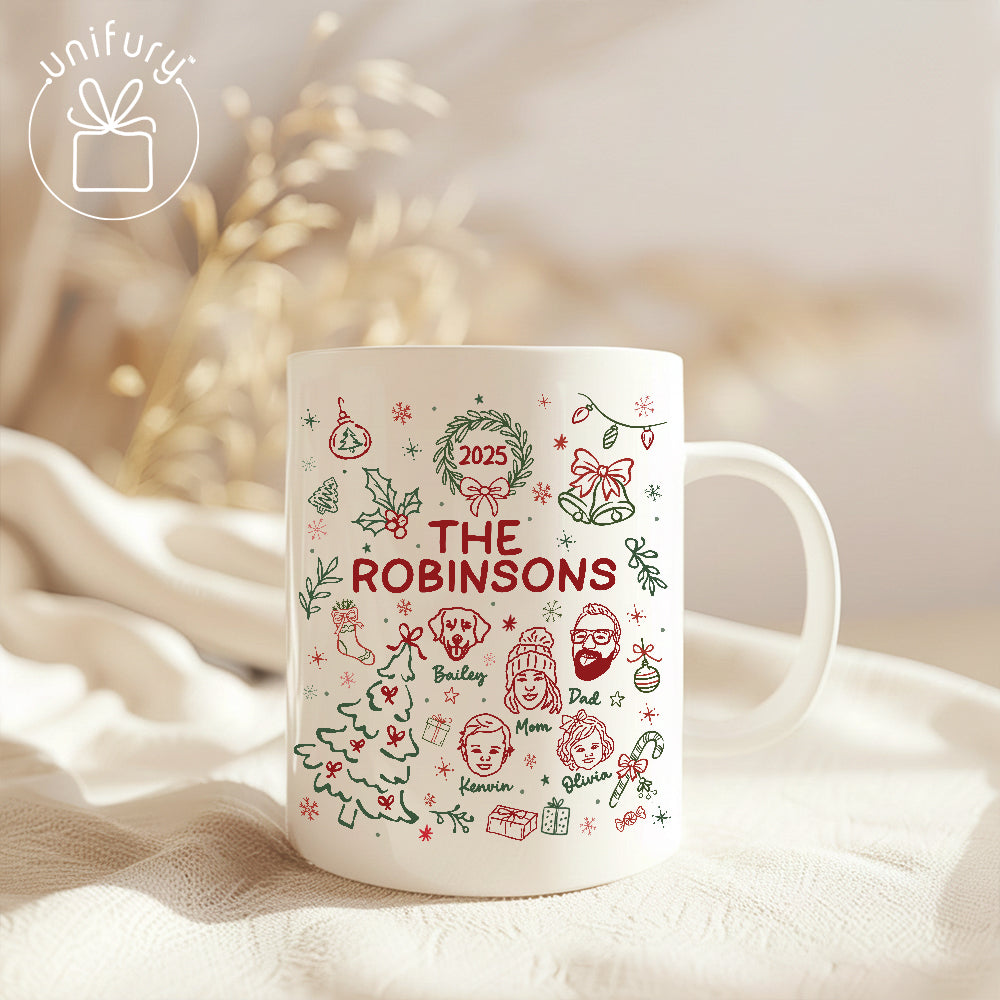
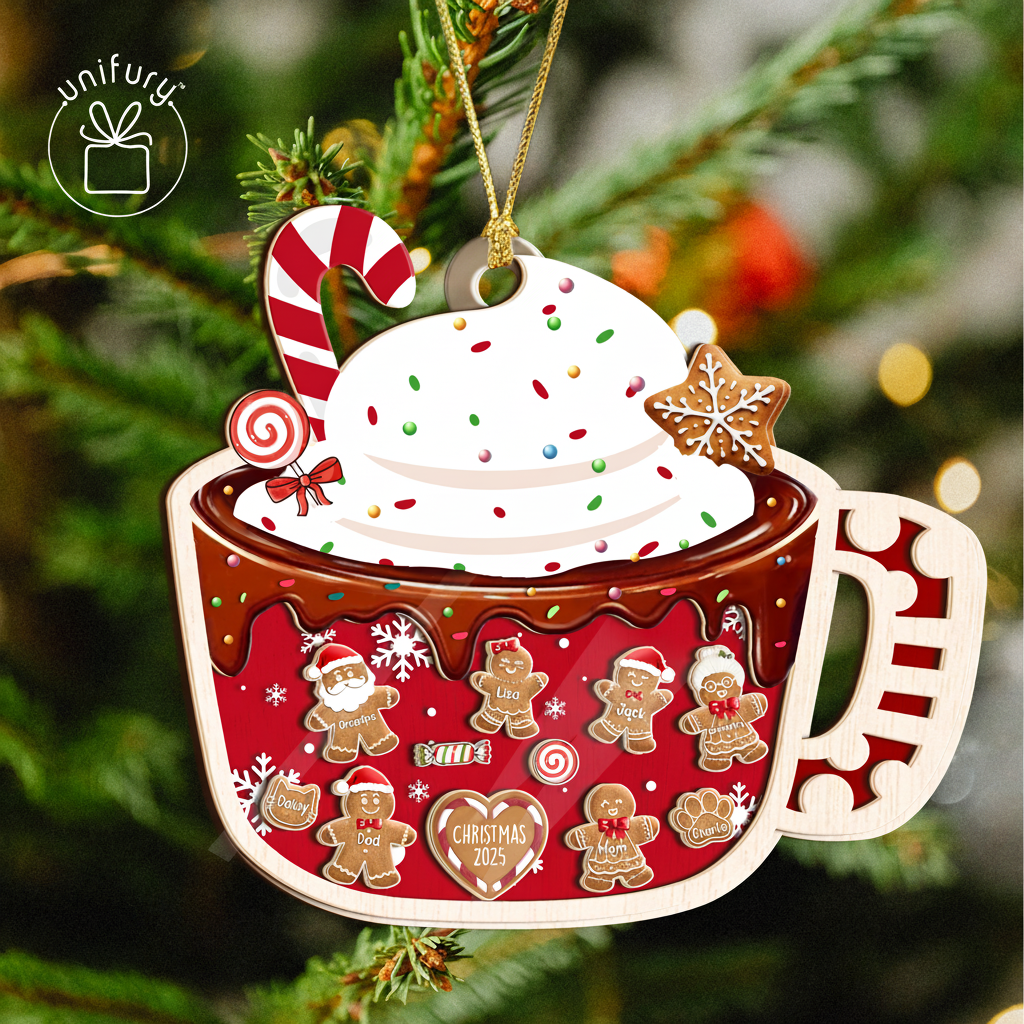

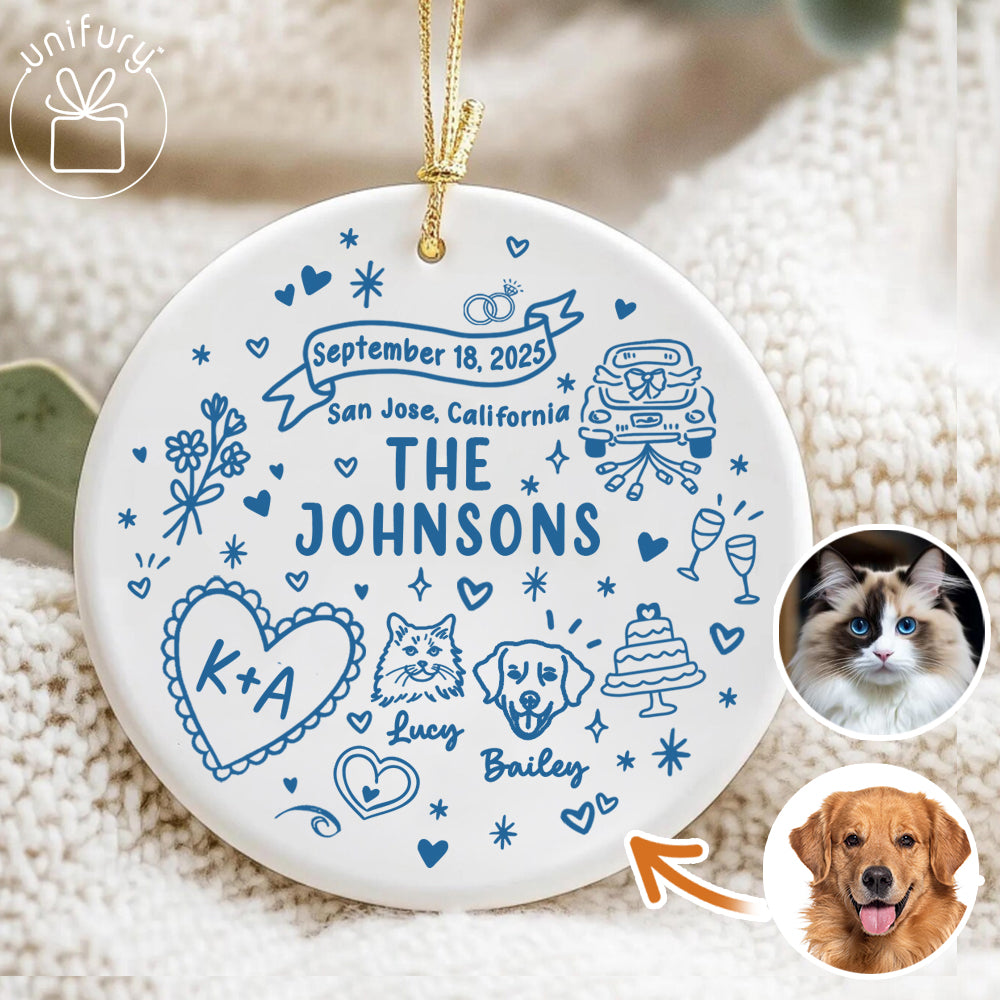
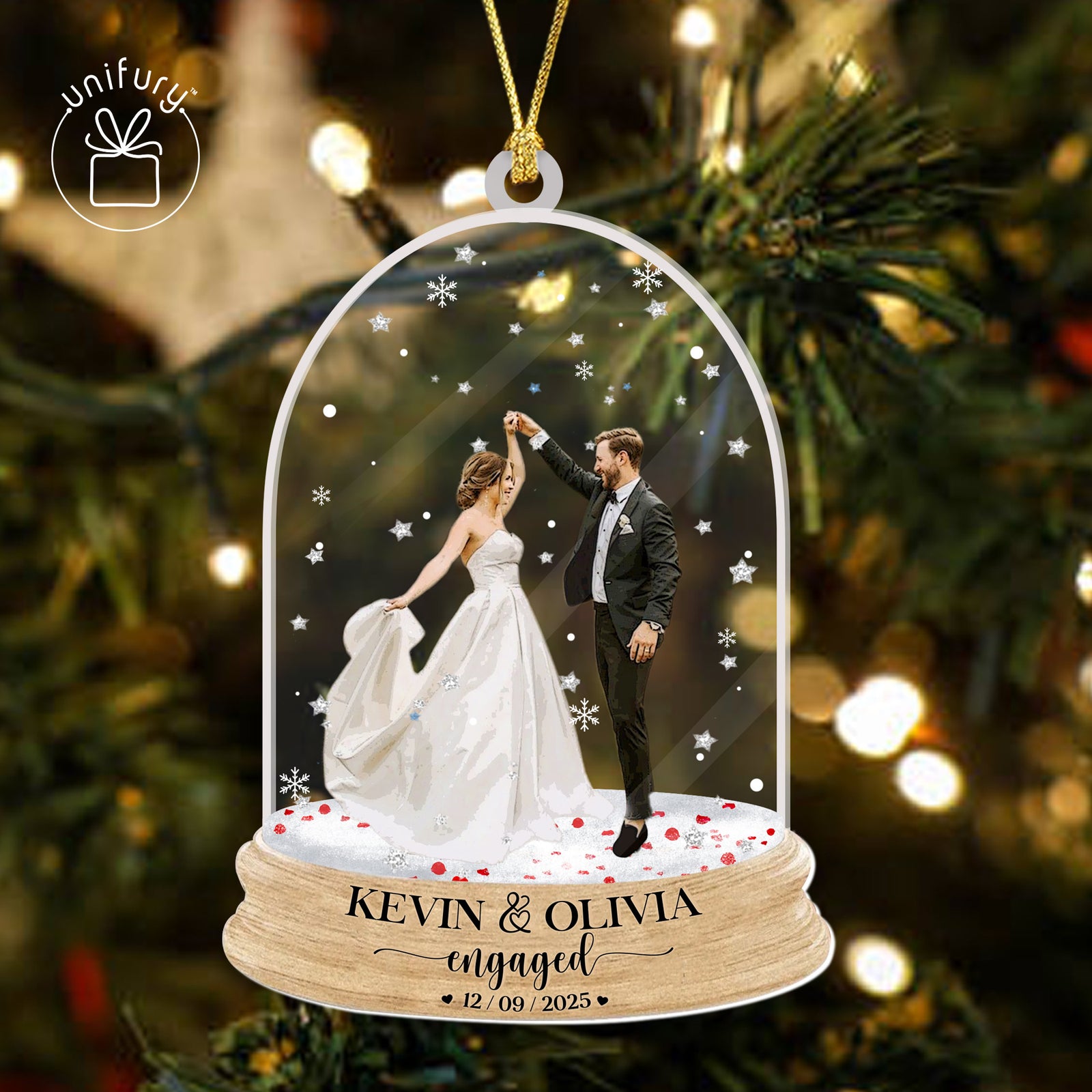
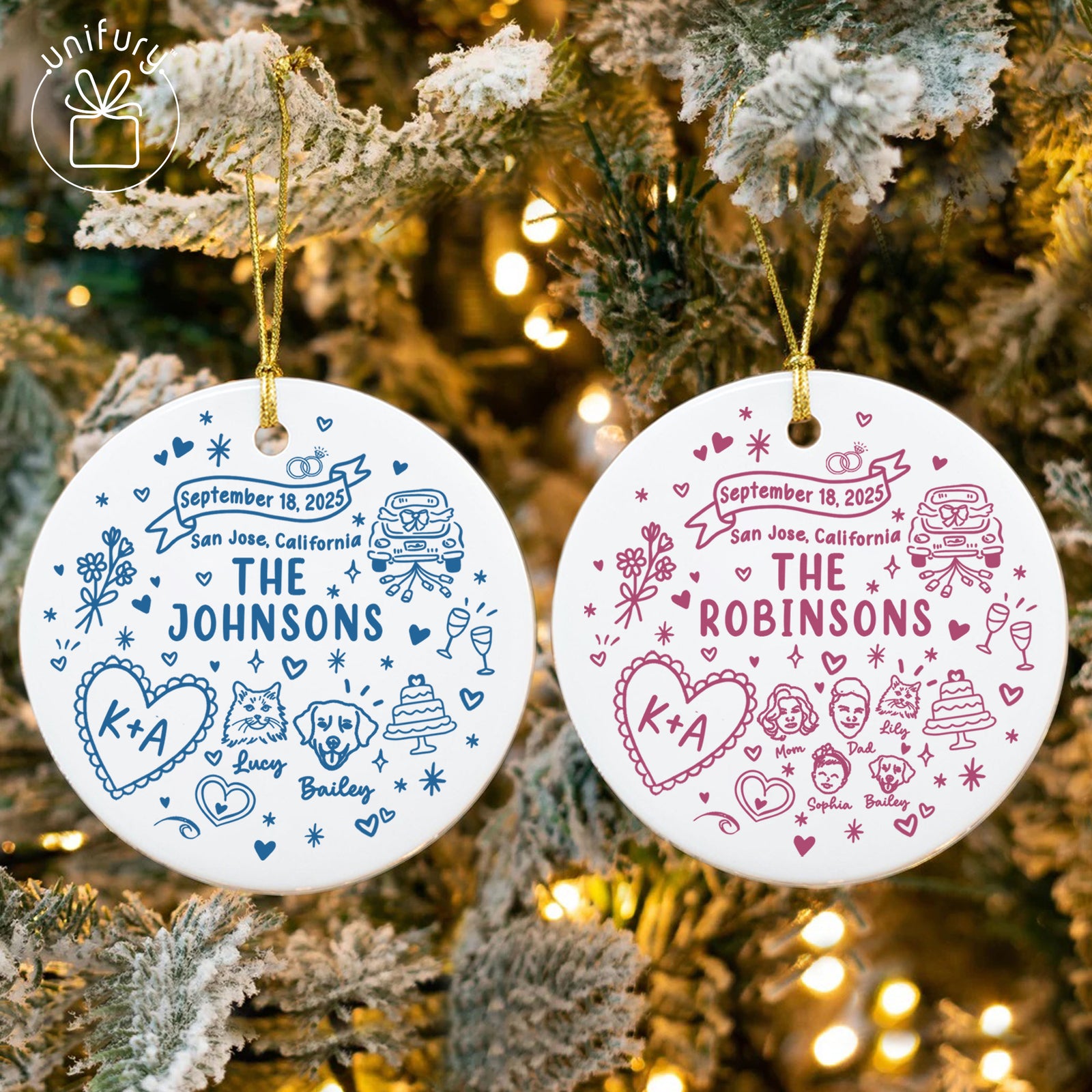
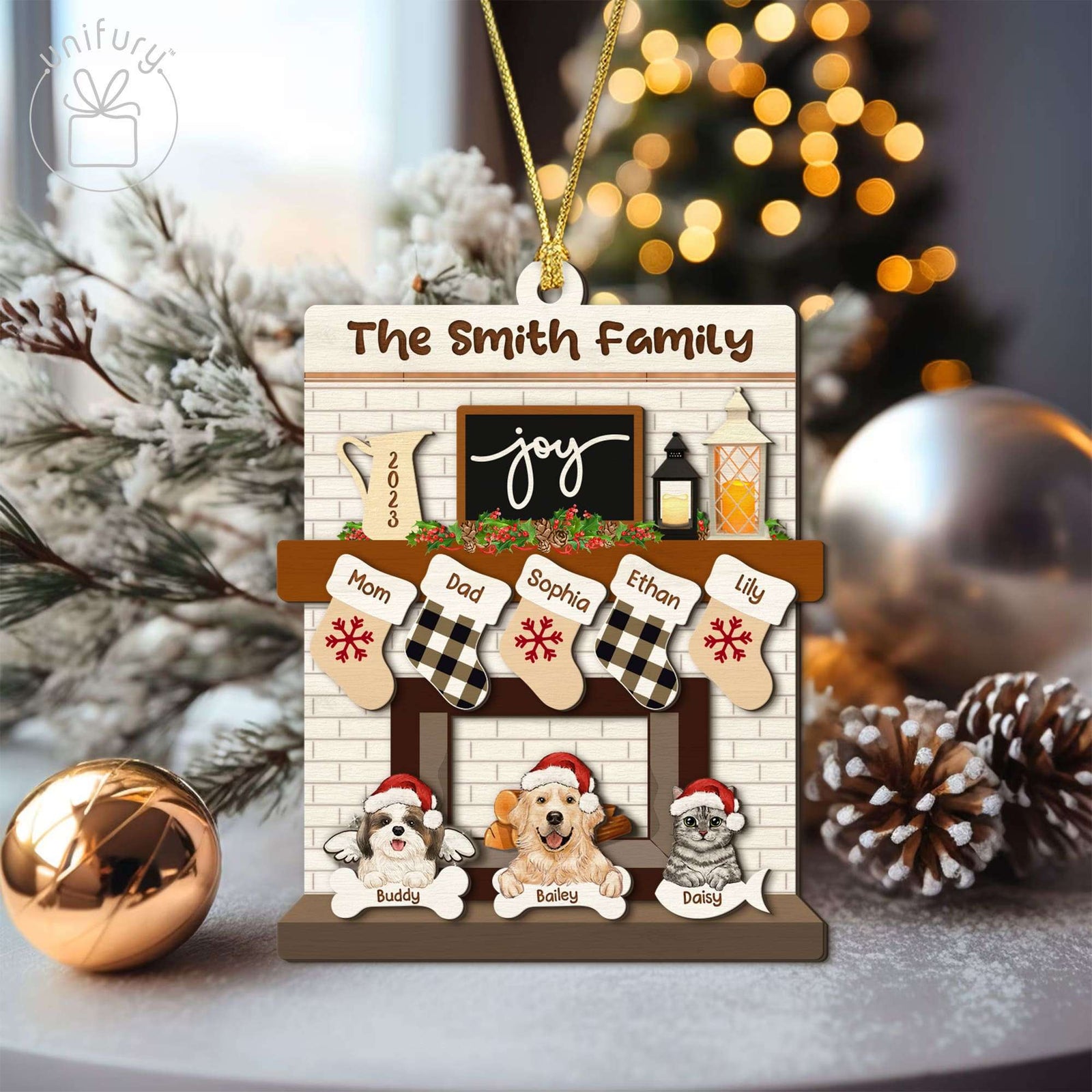
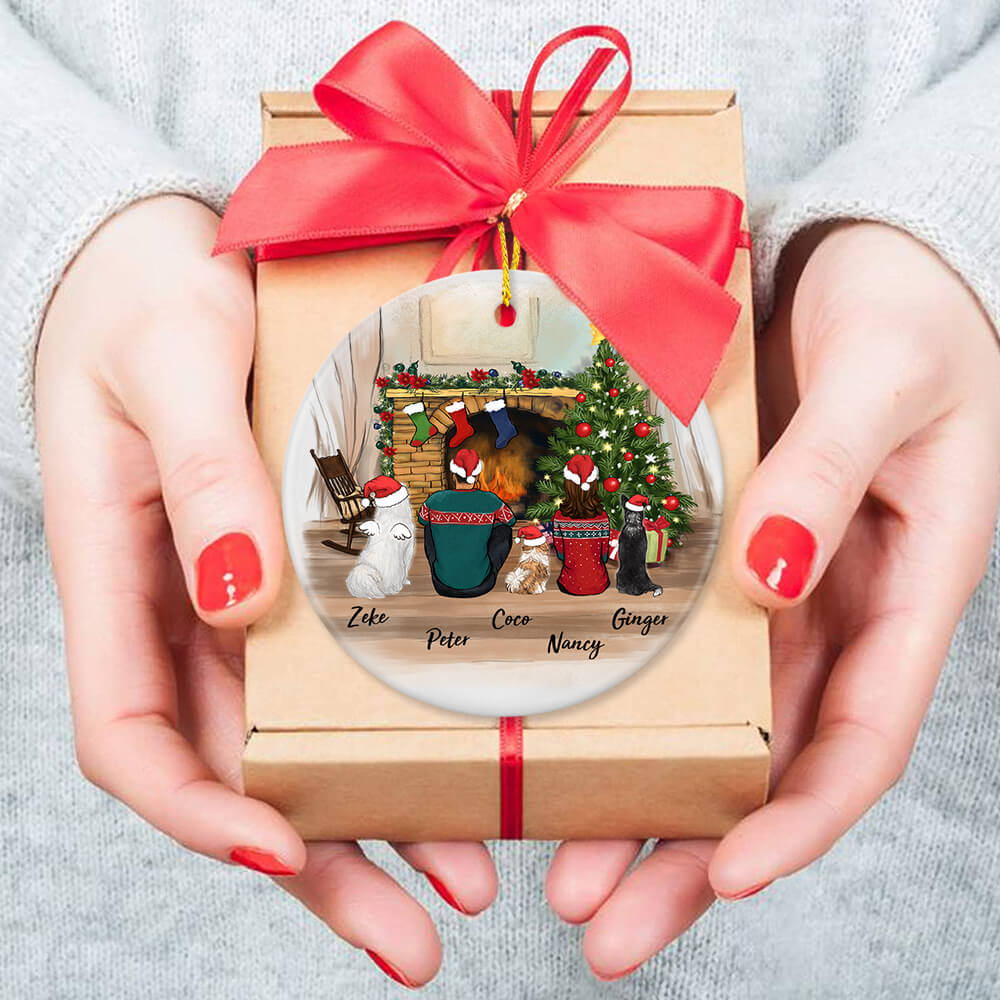
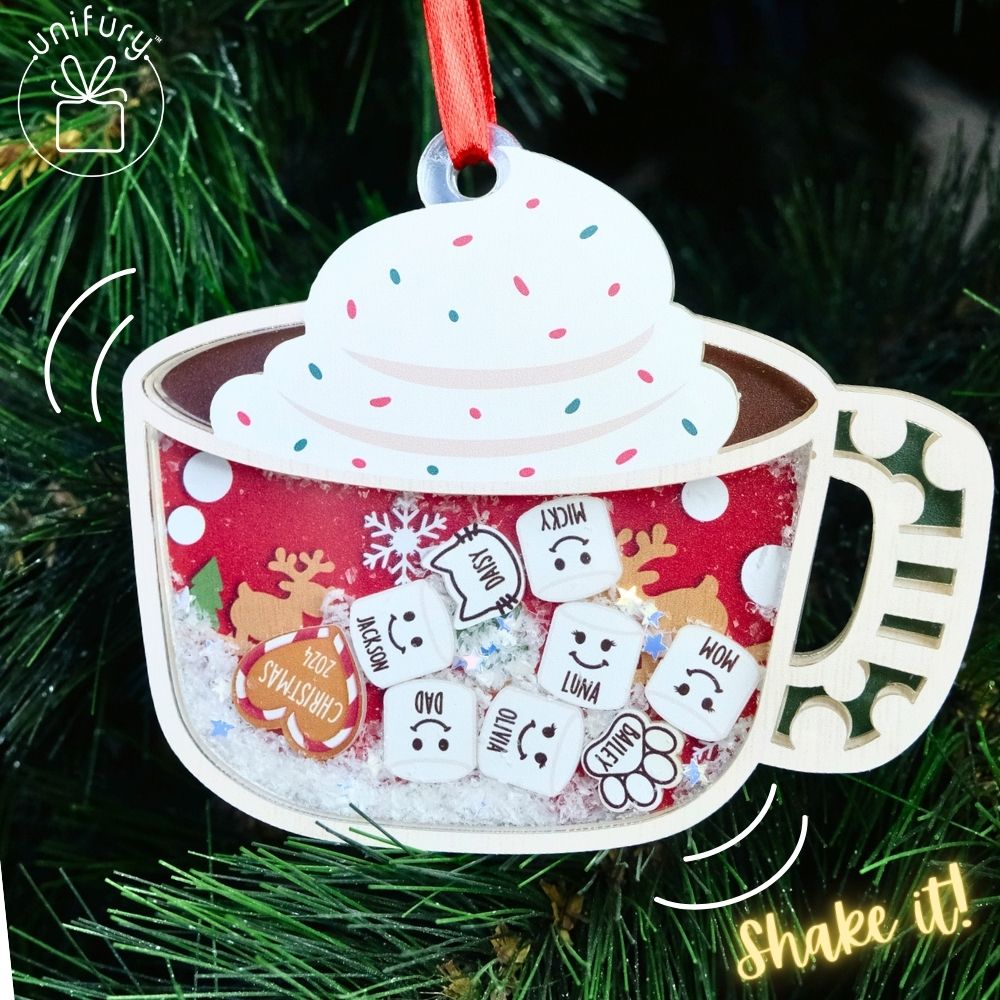
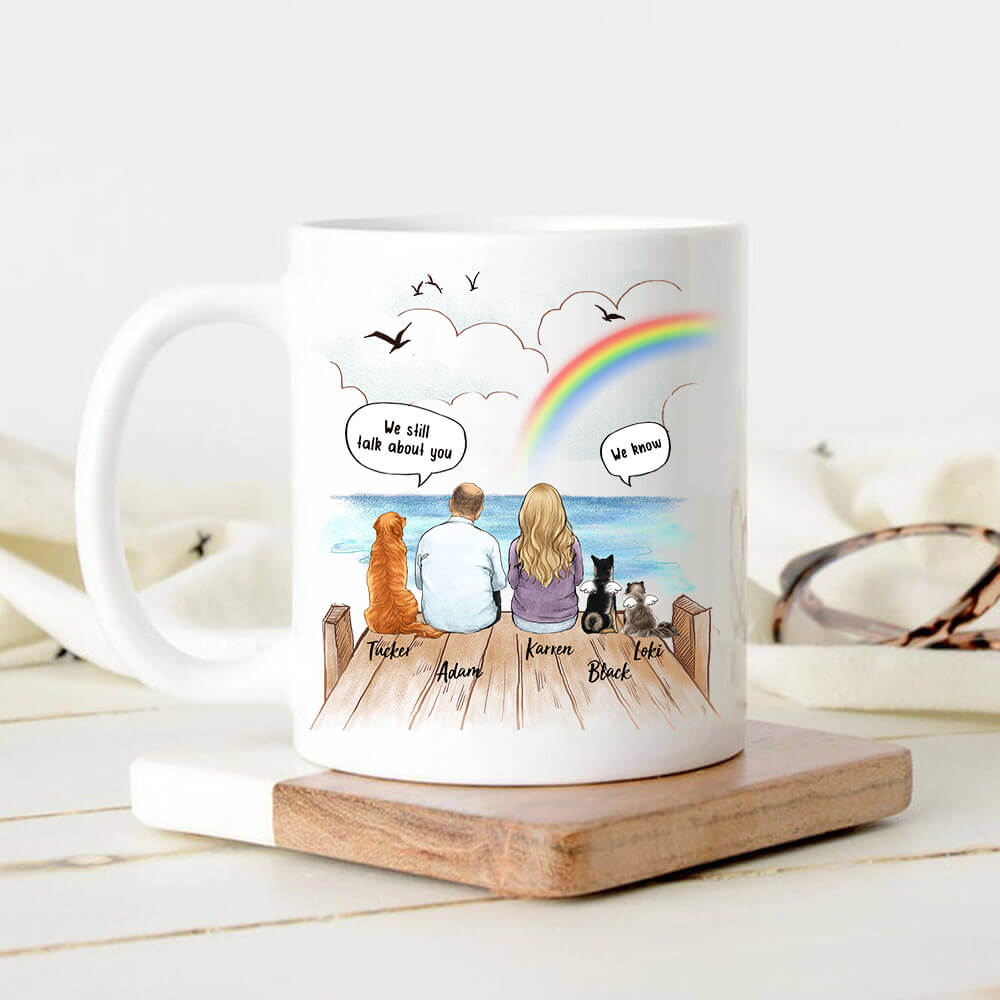
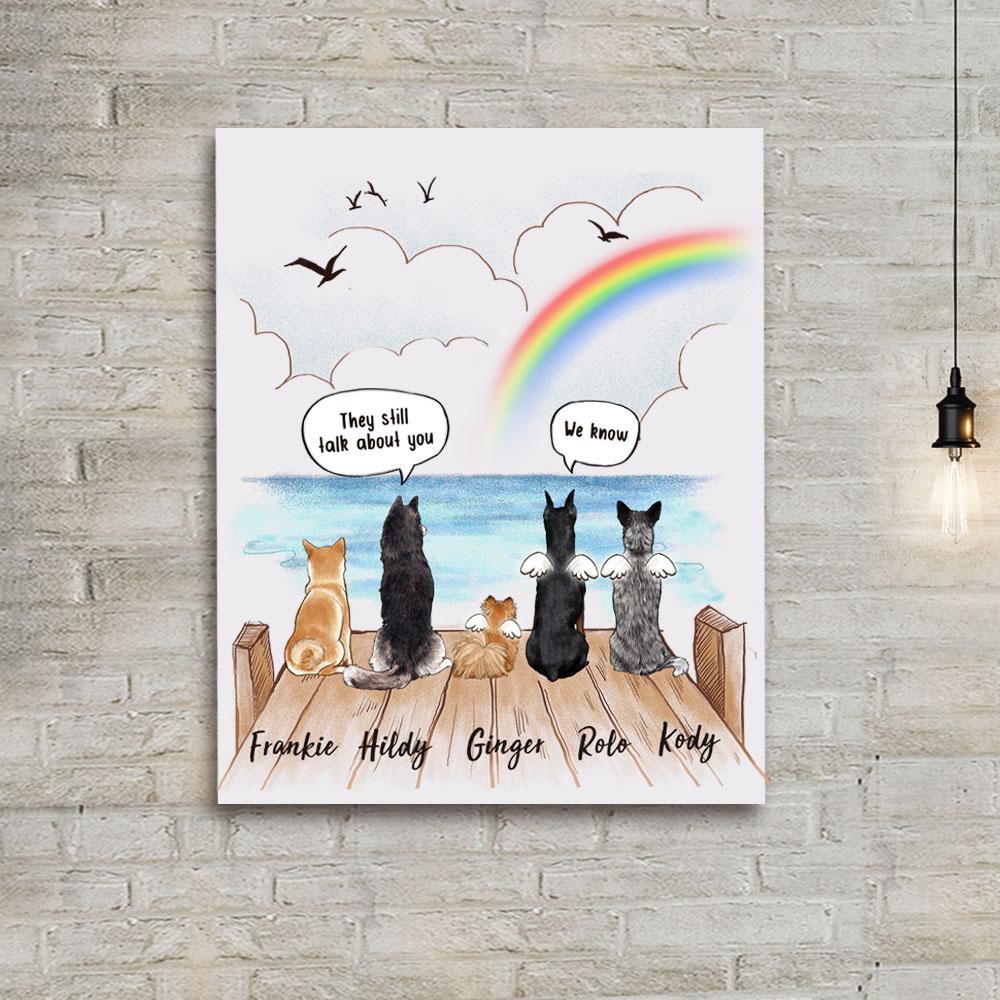

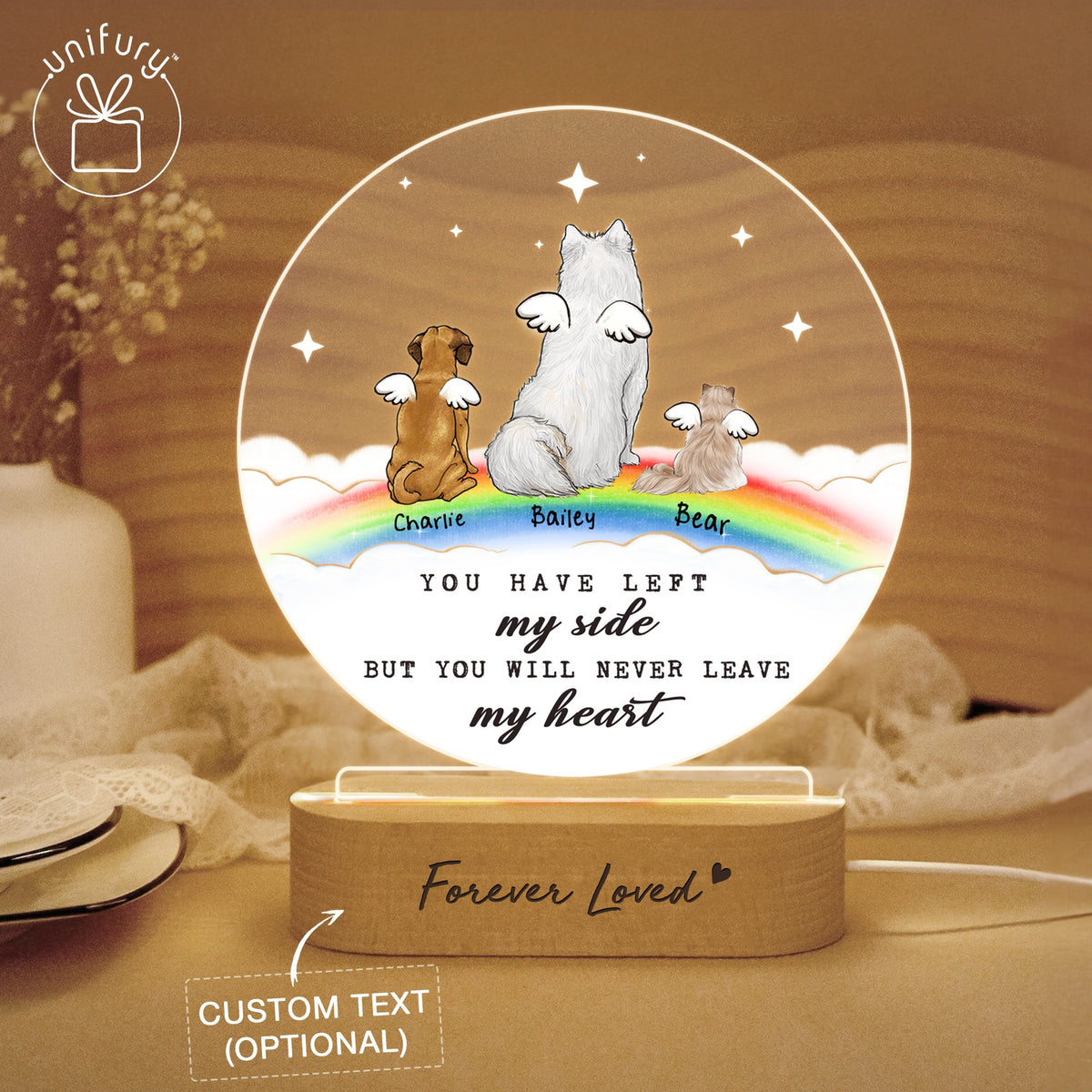



Leave a comment